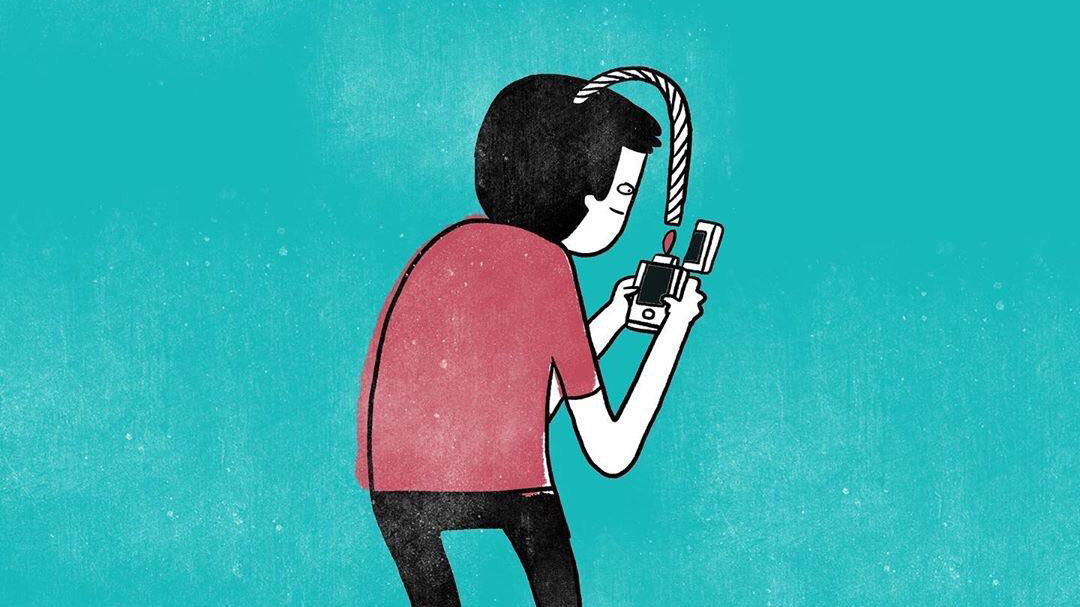why social media may be doomed to stay a toxic, angry mess
Hi, it's us. We are the problem, says a study on how to fix social media.
These days, you can’t spend ten minutes on most news feeds without seeing a post or a link to an article urging drastic changes to how social media is ran, pointing out that it’s been very deliberately made into a cesspool of outrage and lies and how it’s tearing us apart. But a new study using simulations of our behavior at a grand scale meant to experiment with detoxifying social media says that maybe, there’s just no way to save social media as we know it.
It didn’t matter what algorithms were used or how feeds were tweaked, all the toxic patterns we see on social platforms today eventually spawned themselves from AI agents trained on survey data which captured detailed opinions of voters. It seems that as long as confirmation bias is a thing, small groups of users dominate most of the attention, and people flock to the loudest voices, the platform is doomed.
Now, this doesn’t mean that tech companies are off the hook because the results of their deleterious manipulation simply sped up the inevitable. If you add kerosine to a small but growing dumpster fire, you still made the fire worse at a faster rate than it could’ve been otherwise and should be held accountable for that. Nor does it mean that we enjoy flame wars, clickbait, and outrage. We just behave in ways that trigger them no matter what.
What it does mean, however, is that there is no magic button we can press to make social media a good place overnight, and that any arrangement mimicking it has the tendency toward bad outcomes because of, well, who are we as people. It’s not so much a question of how to make our social media good but how to make it less bad and prepare to blunt the worst of it.
But hold on, before you prepare to scream into the abyss in frustration, the study’s authors do have functional takeaways for us, detailed in an interview with Jennifer Ouellette of ArsTechnica and are pretty simple to follow if we want a healthier, less dysfunctional web.
Effectively, huge global platforms where accounts can get millions of followers and generate billions of impressions need to be phased out, broken up for better, more intimate, and cozier conversations. Fewer megaphones and more small gatherings, from a virtual standpoint. This reduces clout chasing and cutthroat competitions for attention as users have the bandwidth to take in more views, ask for more nuance, and get to know each other better to have deeper conversations.
Of course, this is easier said than done when social platforms are pushing with all of their might in the opposite direction and making a lot of money doing it. Likewise, all too many of these accounts with a million plus followers are cashing in on their fans, no matter how little that may be or how limited their fame. They have every incentive to fight against such a change because they either win nothing from diluting users’ attention and engagement, or actively hurt themselves financially.
Nothing short of users setting up carefully guarded communities which relentlessly police bad behavior and focus on quality of interactions instead of quantity and the maximum number of views and likes would be able to shake their current death grip on social media today.
I would also note that a viral internet trend tends to now spill into our daily lives since politicians, editors, and writers spend so much of their time on the platforms and rush to immediately update us on the latest drama raging online, or amplify viral posts, the more outrageous, the better. Until we completely ignore or even shame this behavior and refuse to take the bait, it’s going to continue because, once again, its profitable.
Again, all of this is far more complicated than it sounds because there’s cultural inertia that needs to be overcome. People want to be viral stars and make some money. For a lot of users, picking fights and yelling at each other online are a low risk way to let out their frustrations and aggression. We’d need to make a conscious effort to jettison the devil we know and, in a way, roll back the clock on the web until the direction of pull is altered enough for a new normal.
Maybe the best case and most likely scenario is social media accelerationism. Let the platforms become so bad, so loud, so toxic, and so unusable that users start to jump ship in disgust for smaller networks where explosive growth is impossible and there’s quite a bit of internal gatekeeping before one becomes a full member to avoid simply importing toxicity from elsewhere and derailing a healthy community.
So, perhaps the question we should be asking ourselves and each other isn’t how to fix social media, but how much disinformation, lies, outrage bait, and deliberately bad behavior in a quest for eyeballs we’re willing to take before we call social media as we know it today a failed experiment.
See: Larooij M. and Törnberg, P. (2025) Can We Fix Social Media? Testing Prosocial Interventions using Generative Social Simulation, arXiv: 2508.03385



